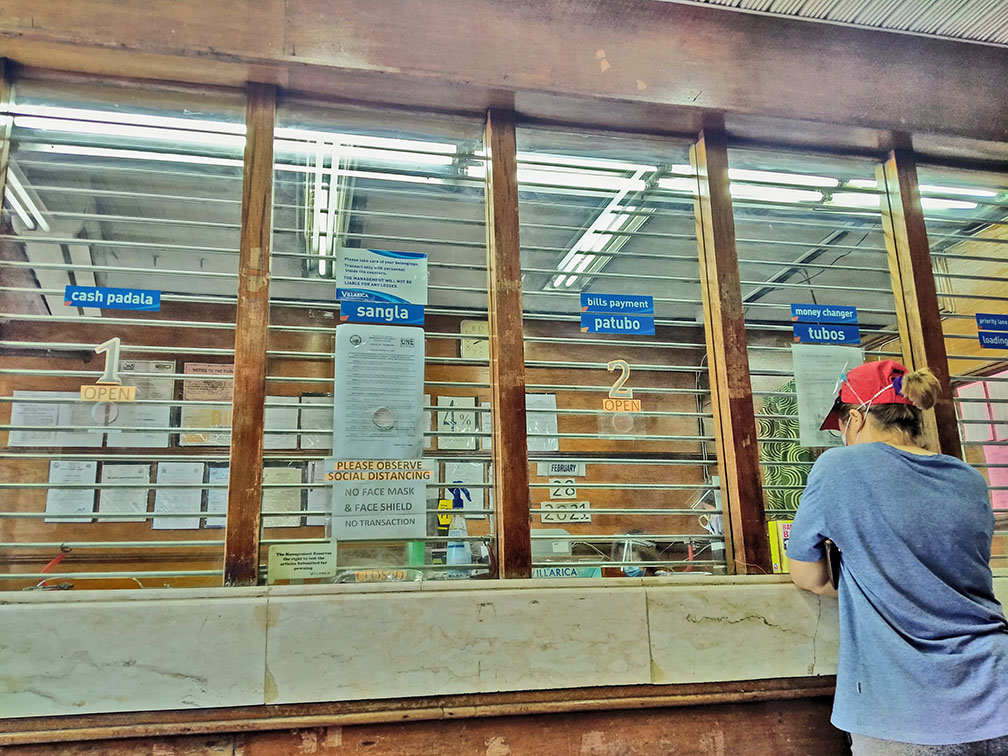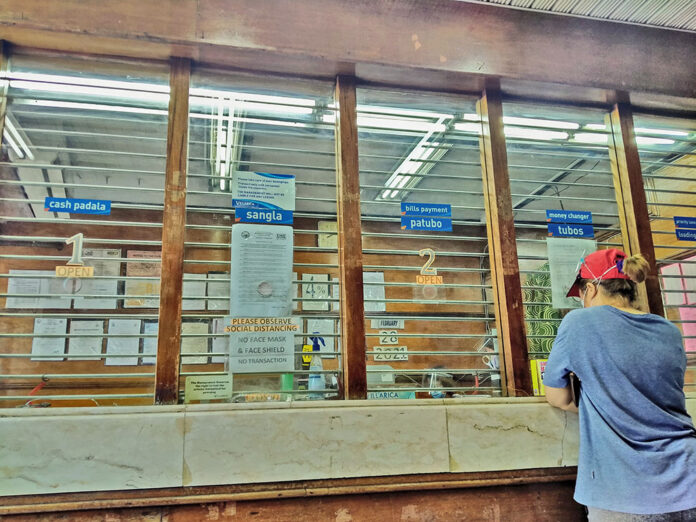
LOCAL banks’ risk aversion continued to show despite all-time low policy rates from the Central Bank as bank lending registered a bigger contraction in January.
Data from the Bangko Sentral ng Pilipinas (BSP) released Tuesday afternoon showed bank lending contracted by 2.4 percent in January.
“In general, credit activity remained soft due to weak demand as banks continued to be risk-averse on concerns over asset quality and profitability,” the BSP said.
Bank lending first collapsed into contraction territory in December by 0.7 percent. This was the system’s first lending decline in 14 years.
January was the tenth consecutive month that bank lending slowed despite the aggressive efforts of the BSP to lower interest
rates and boost liquidity conditions. In comparison, the Philippines’s bank lending growth rate was at 13.6 percent in March 2020.
Bank lending also contracted in the midst of growing liquidity conditions in the country.
Liquidity grows
In a separate report, the BSP said domestic liquidity grew 9 percent to hit P14 trillion.
BSP Governor Benjamin Diokno said the overall stance of monetary policy is “expected to remain accommodative in order to complement ongoing fiscal and health initiatives to support economic activity and market confidence.”
“In this regard, the BSP stands ready to deploy appropriate measures as needed in support of the recovery of the economy, consistent with its price and financial stability mandate,” he added.
In mid-February, Diokno admitted that the weakness of business confidence in the face of the pandemic is limiting the potency of monetary policy to lift the economy from recession.
The BSP’s overnight reverse repurchase rate is now at an all-time low of 2 percent after BSP’s aggressive cuts to spur activity in the local economy in 2020. In total, the BSP cut its rates by 200 basis points last year.
“Any further monetary measures may continue to have a limited impact unless business and consumer confidence improves significantly. These limits to monetary policy underscore the need for a whole-of-government approach to address the impact of the pandemic,” he said.
Broken down, outstanding loans to key sectors continued to decline, particularly to wholesale and retail trade and repair of motor vehicles and motorcycles by 6.9 percent, manufacturing by 7.4 percent and financial and insurance activities by 6.3 percent.
However, the BSP said the contraction could have been larger had this not been tempered by loan growth in some sectors, such as to real-estate activities by 5.7 percent, transportation and storage by 6.6 percent and construction by 4.3 percent.
Read full article on BusinessMirror



